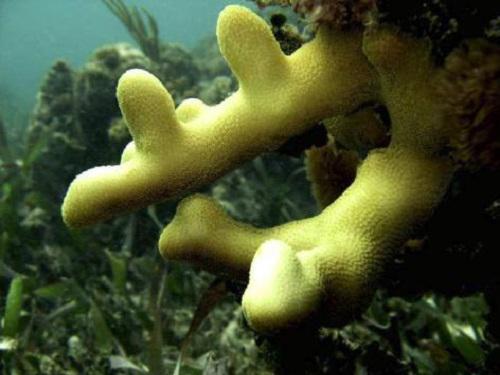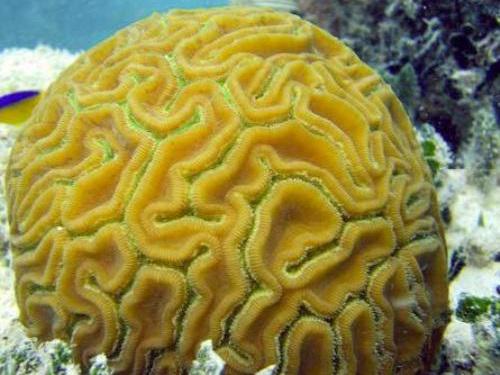Hector Abuid Hernandez Arana
Coral reef ecosystems are high biodiversity spots and its decline due to natural and human impacts has caused concern worldwide motivating its conservation and adequate management.

Coral reef ecosystems are high biodiversity spots and its decline due to natural and human impacts has caused concern worldwide motivating its conservation and adequate management. In order to know the status of the targeted species and to estimate the organic load from human inputs it is necessary to have baseline studies and monitoring programs for recognizing man-derived changes.

This proposal seeks to generate information useful to propose a long-term monitoring program to identify changes on the condition of corals within the adequate context of what is due to natural and non-natural impacts. Long term monitoring is expected to contribute for the decision making process of how much damage one is willing to accept in order to modify the management strategy and reduce the risk of deterioration. There are no established criteria to evaluate changes from recreational use in the marine reserves of the Mexican Caribbean, despite the severe damage already observed in the high-density tourist areas.
The spatial and temporal natural community structure of corals and recruits will be estimated at locations where recreational diving-snorkelling is either permitted or restricted. Additionally, to quantify concentrations of nutrients in water off the area of urban development. The variables to be measure are number of species, percentage cover, and density of recruits and concentrations of five dissolved nutrients. This information will be gathered by non-destructive methods of direct measurements of corals by means of a hierarchical nested design of sampling along replicate transects and quadrats. The hierarchical nested design allows to include natural levels of variation within and between locations, which are necessary for an adequate comparisons against changes derived from human impact.